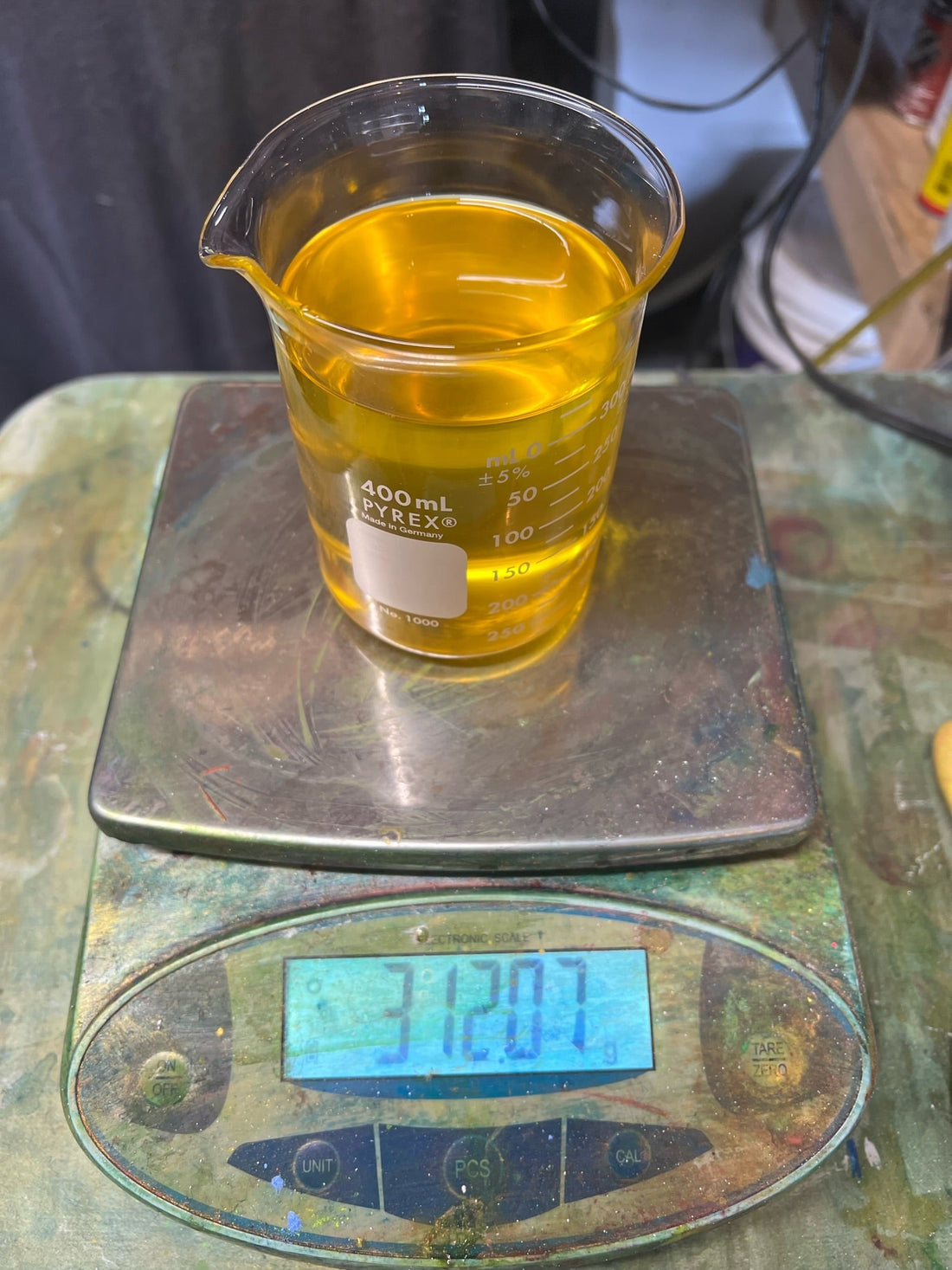
Why We Use Refined Linseed Oil in Our Artist Oil Paints: A guide for artists on oil choices, yellowing, and why it all matters
At Gapka Paints, we believe every ingredient matters. That’s why we make our artist oil paints with only finest pigments and refined linseed oil. Our choices are grounded in tradition, science, and respect for the materials we work with.
We’ve tried other oils over the years, but we keep coming back to refined linseed. It brings out the best in most pigments and makes a paint that feels just right under the brush. That said, every oil has its own quirks. Some yellow less, some dry slower, some make a softer film. In the spirit of transparency, we want to share why we use what we do, how it stacks up against the rest, and what’s actually going on when oil paint cures, not just dries.
Why Refined Linseed Oil?
Linseed oil is the most time-tested oil for painting. It’s pressed from flax seeds and has been used by artists for centuries because it creates a strong, flexible, and durable paint film. It carries pigment well, supports high pigment loads, and doesn’t require much stabilizer to behave.
We use refined linseed oil because it has been purified to remove excess proteins and mucilage that can cause instability. This makes it dry more evenly and with less yellowing than raw or cold-pressed versions. It also has a lighter starting color, so it’s better suited for preserving the character of pigments.
Understanding Yellowing in Oil Paints
All drying oils yellow to some degree over time, and linseed oil is no exception. This is especially noticeable in lighter colors—Titanium White is often where artists first see it. The shift is subtle and usually happens over years, not weeks, but it’s a natural part of oil painting.
Here’s what our pigment chemist explained to us: yellowing is not just about oxidation. It has to do with how oil cures, which, it turns out, is not the same as drying. Unlike water, which evaporates, oil goes through something called polymerization. The unsaturated fatty acids in the oil link up with oxygen and form a solid film. That is what gives oil paint its durability. But it also causes the oil to darken a little over time.
Refined linseed oil has more of these reactive fatty acids than walnut or safflower oil, which is why it dries faster but also tends to yellow more. This isn’t a flaw, it’s part of the chemistry that makes linseed oil such a strong binder. But for colors like white, where clarity is key, that tradeoff becomes more noticeable.
What You Can Do to Minimize Yellowing
There’s no way to eliminate yellowing entirely, but there are some simple techniques that help:
- Paint in thin, well-bound layers
- Keep works in natural light whenever possible, dark storage encourages yellowing
- Avoid excess oil in your mixtures, especially in underpaintings
- Use lean layers first and fat layers later
- Let paintings fully cure before varnishing
How Other Oils Compare
Walnut Oil
Less prone to yellowing than linseed oil, walnut oil dries slower and forms a softer film. It’s prized for smooth handling and a glossy finish, but can lead to weaker adhesion between layers if used too freely.
Safflower Oil
Very pale and often used in white paints for its minimal yellowing. It dries even slower than walnut oil and forms a weaker film, which can crack over time if used in thick passages.
Poppy Oil
The palest of them all, poppy oil yellows the least, but it’s also the slowest to cure and the weakest in film strength. Best for fine detail or very light colors, not recommended for foundational layers.
Looking Ahead: Letting Artists Choose
As Gapka grows, we’re exploring a line of whites made with alternative oils like safflower or walnut. Why? Because we believe artists deserve options. Some will prioritize durability. Others will prioritize clarity. There’s no one right answer. Our job is to give you the best tools possible and trust you to choose what works for your painting practice.
(Let us know with your comment below if this matters to you and we can move it up on our priority list.)
Why We Still Choose Linseed Oil
For most colors, refined linseed oil is the ideal balance of strength, compatibility, and beauty. It respects the unique qualities of each pigment and lets us create paints that feel alive in the hand and luminous on the canvas. Its curing properties give your paintings staying power, and when used with care, its yellowing is manageable, even in whites.
We’re proud of the paint we make. And we’re proud to make it with materials that speak to both the science and the soul of the craft.

1 comment
Very good information, I always wondered how the choice of oils came about, Thank you!